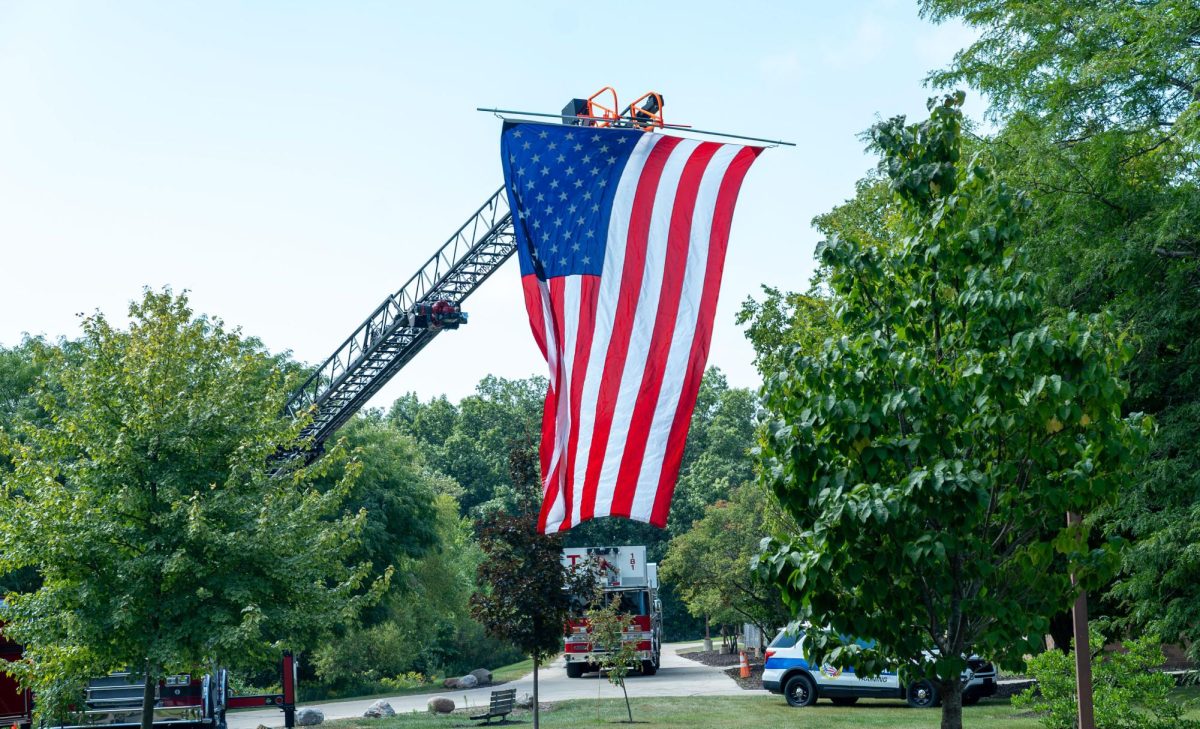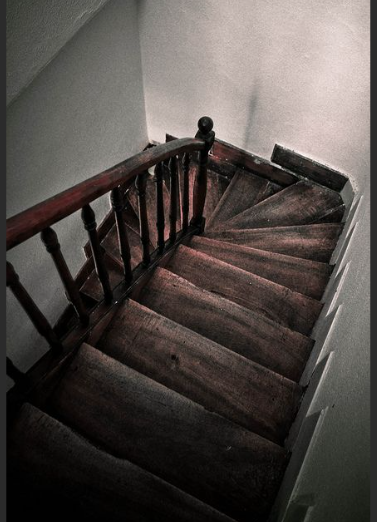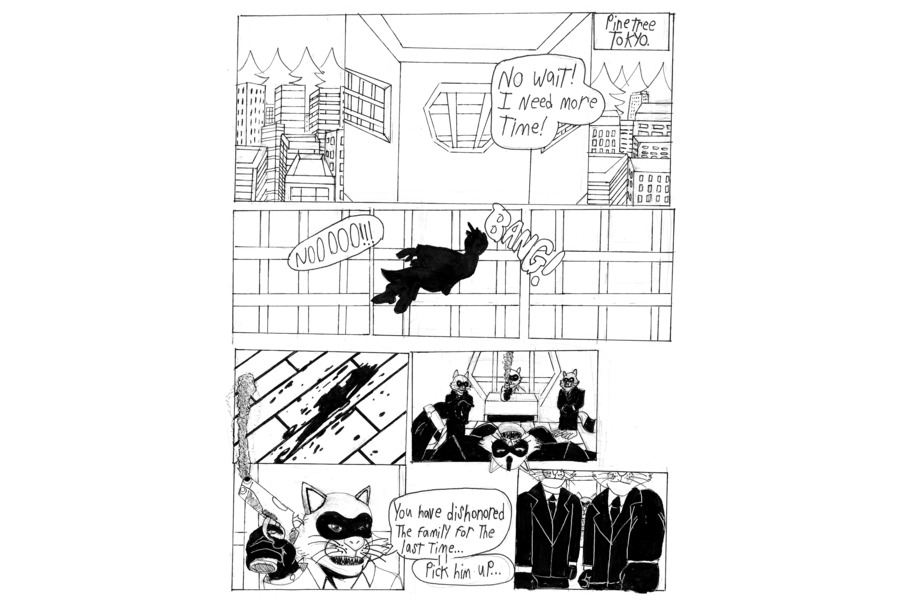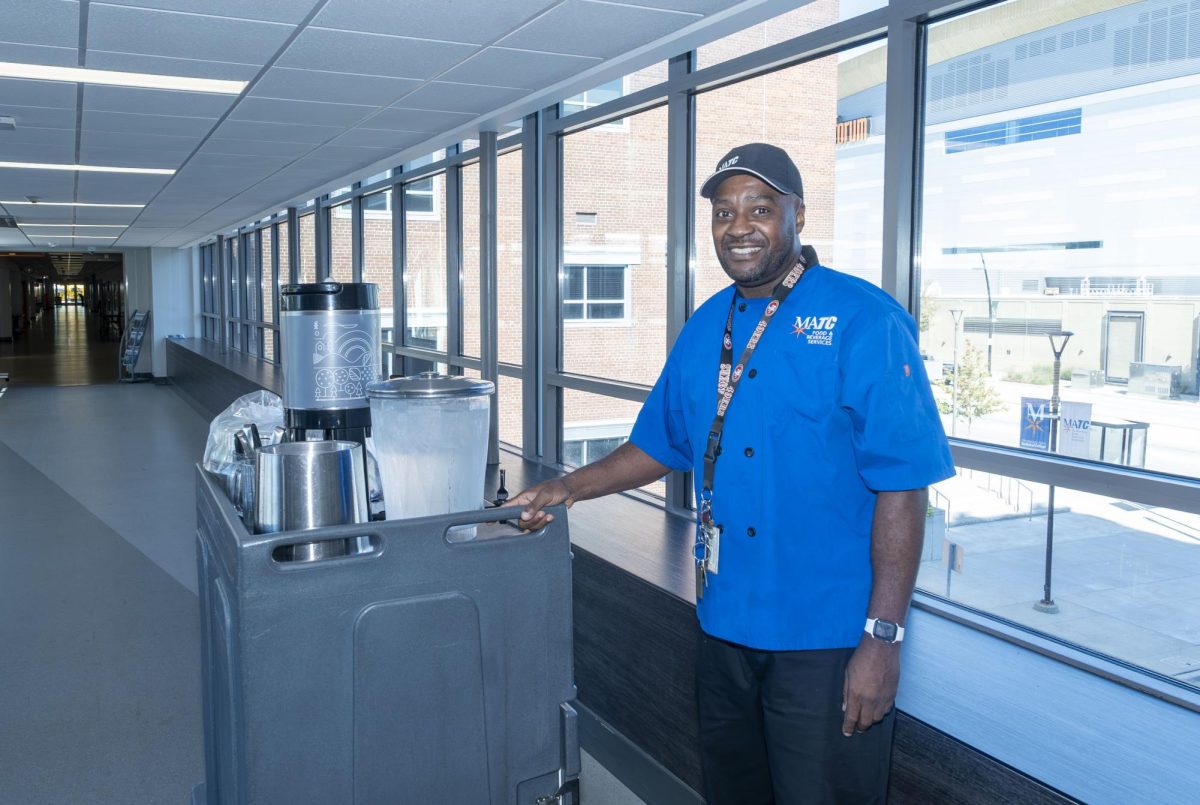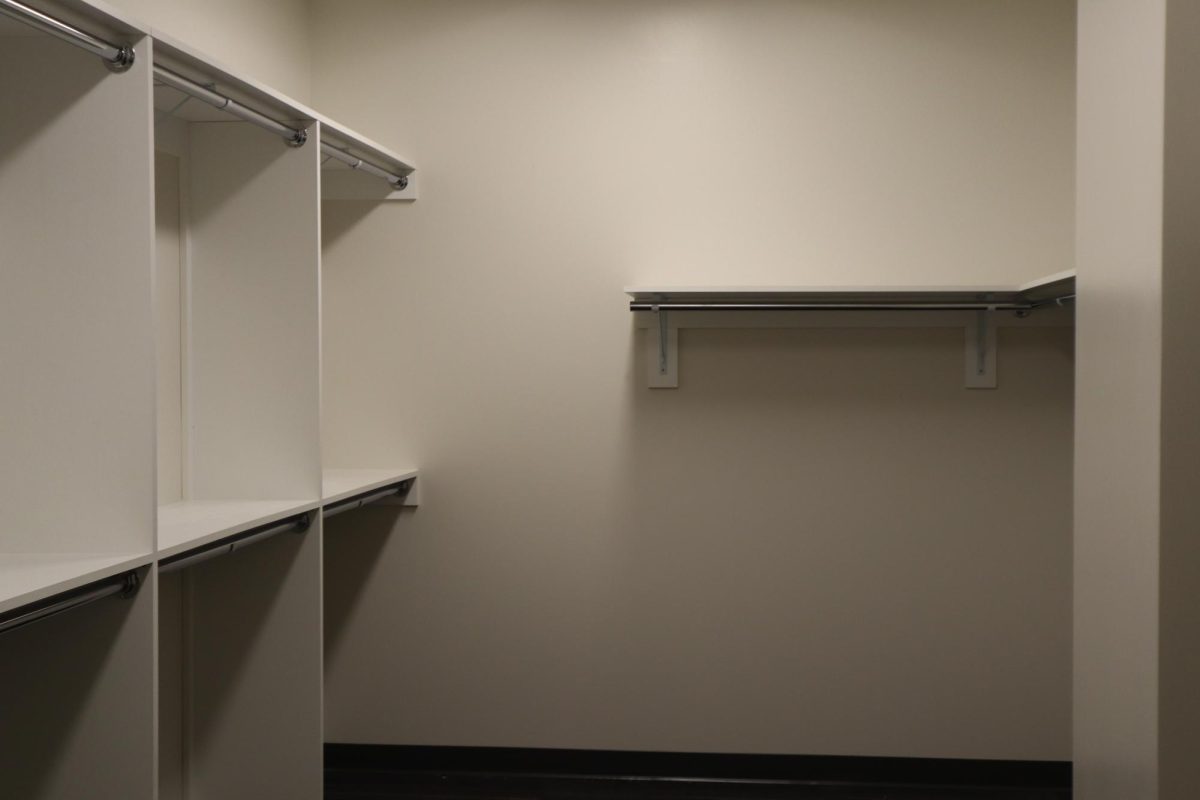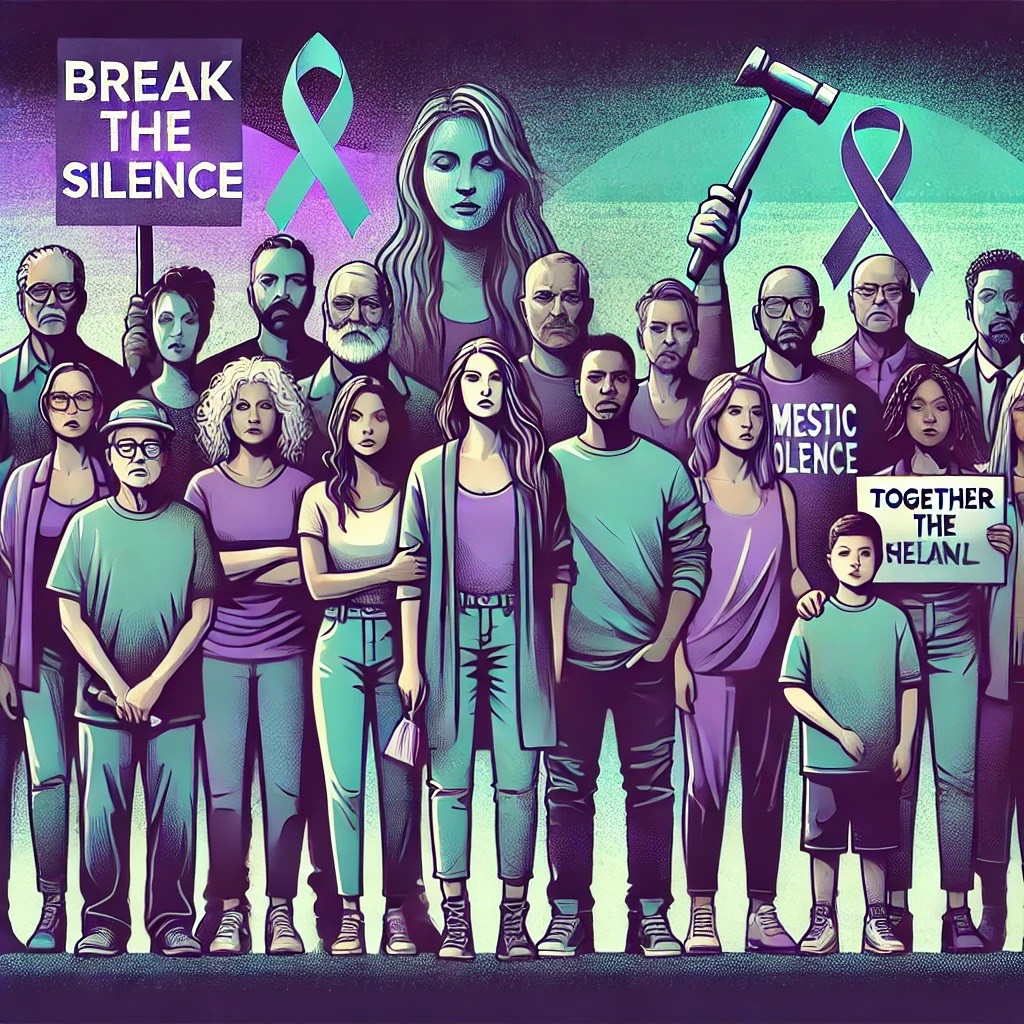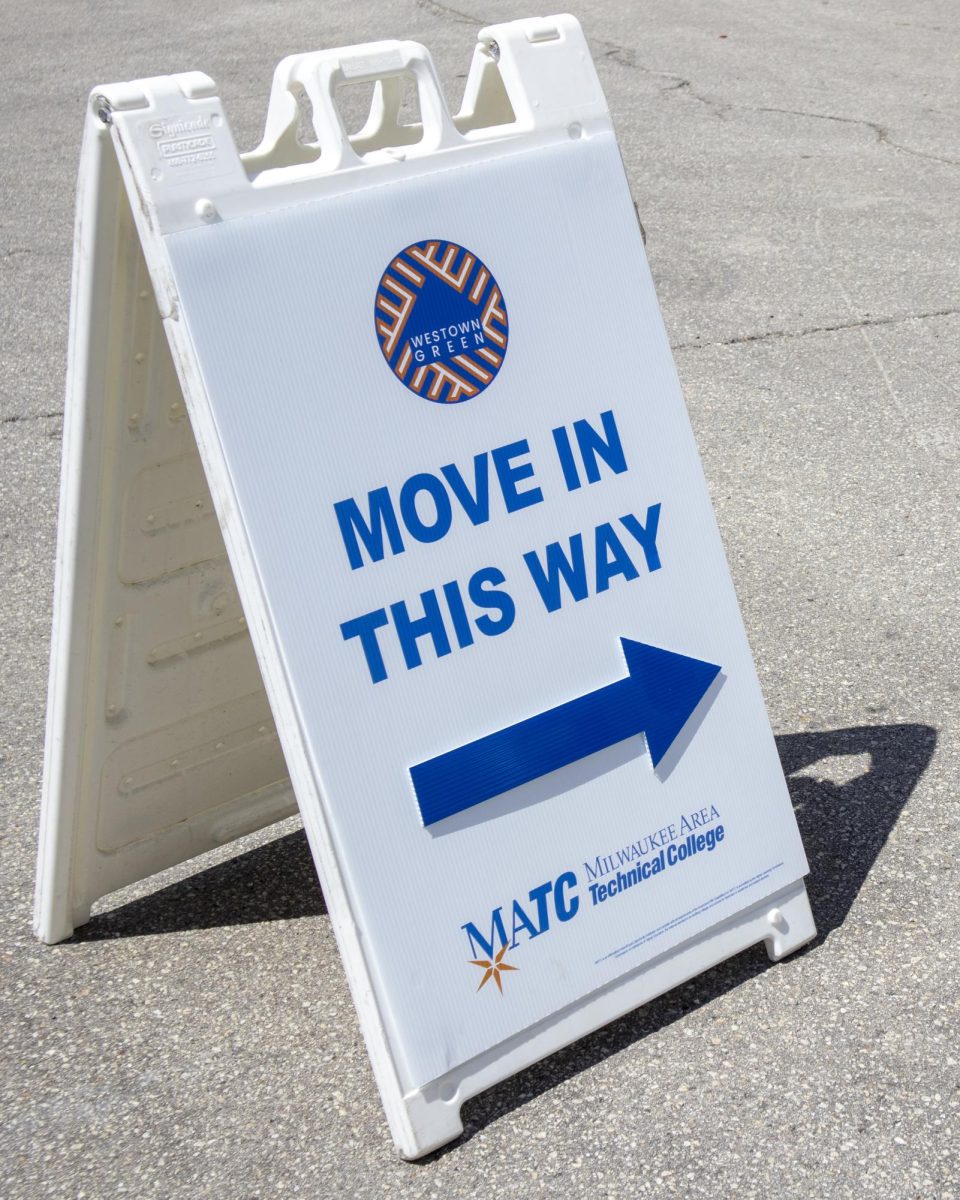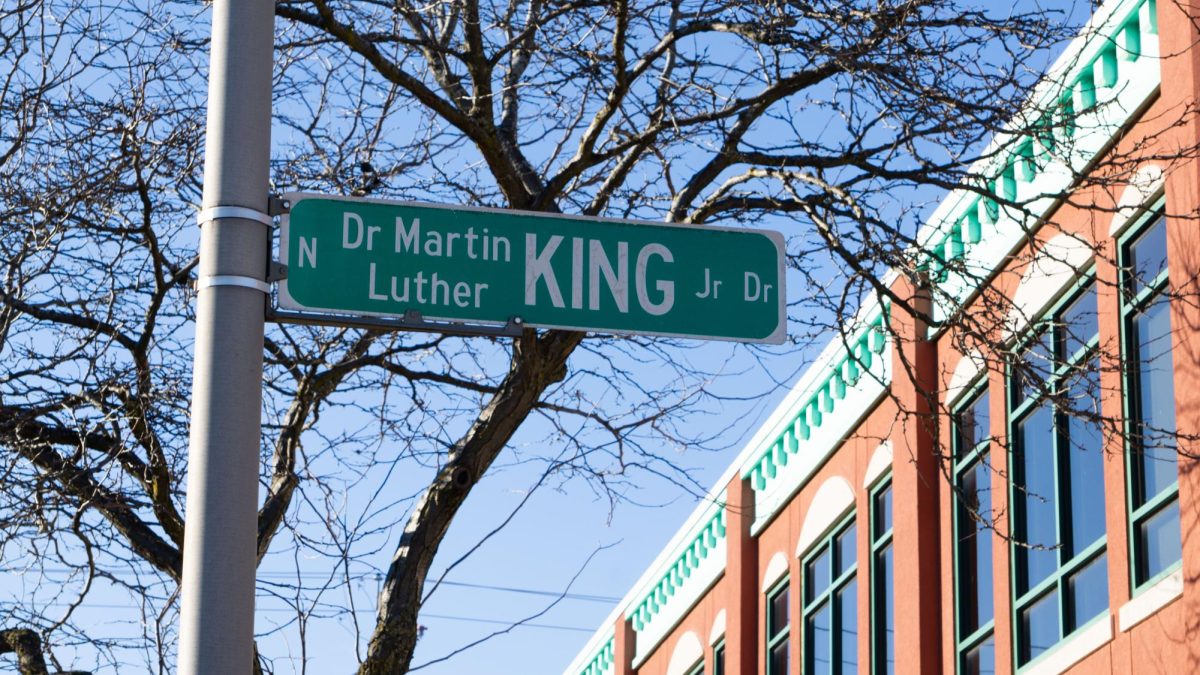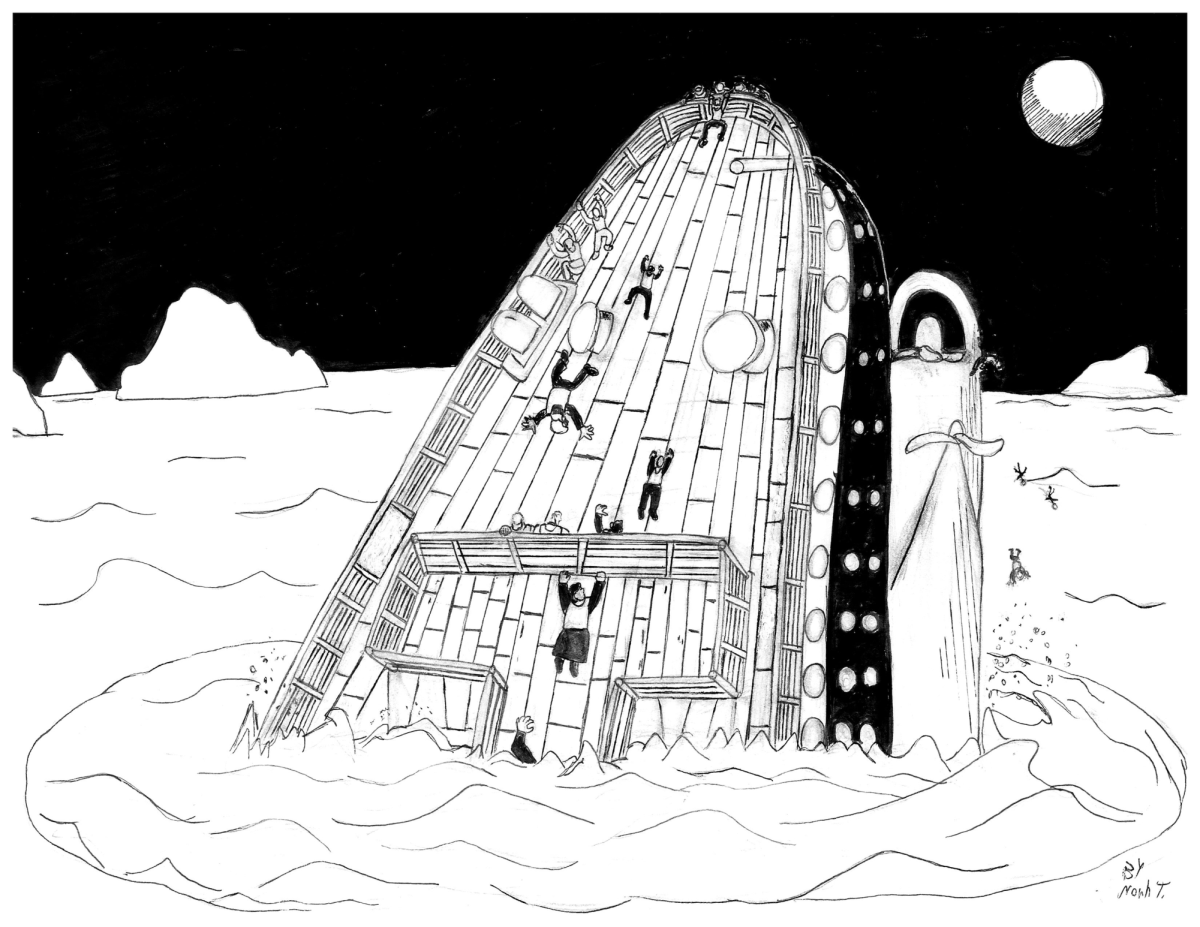When you think of the Titanic, most people tend to think about the movie starring Leonardo Dicaprio and Kate Winslet. But what about the real life event that led to the filming of the movie? You don’t have to be a history buff to find the real life story interesting too.
On April 2, 1912, the Titanic was the largest ship in the world, built on an unprecedented scale. The reciprocating engines were 40 feet tall and nine feet wide. The passenger cabins, especially first class, were nothing short of magnificent. The parlor suites were the most expensive suites on the boat at an asking price of $4,350, which would be more than $143,000 today.
The Titanic departed from Southampton, England on its maiden voyage to New York City on April 10, 1912. The trip nearly began with a rocky collusion when suction from the ship caused the dock to swing into the liner’s path. After an hour of maneuvering to prevent any wreckage, the Titanic was finally on its way. The ship was captained by Edward J. Smith. He was nicknamed the “millionaire’s captain” because of his incredible popularity with wealthy passengers on board, including American Businessmen Benjamin Guggenheim, British journalist William Thomas Stead, and Macy‘s department store co-owner Isidor Straus and his wife, Ida.
On April 14, at approximately 11:40 p.m., about 400 nautical miles south of Newfoundland, Canada, an iceberg was spotted and the bridge was notified. Officer William Murdoch ordered the ship to do the “hard-a-starboard” which is a maneuver that ordered the system in place to turn the ship towards the port and the engines reversed. The ship began to shift, but unfortunately it was too late to avoid a collision. The ship’s side scraped along the iceberg and at least five of its watertight compartments were ruptured. By reversing the engines, the Titanic turned slower than if it was moving at its forward speed. Most experts believe that the ship would have survived if hit head on.
Smith ordered radio operator Philips to begin sending distress signals, one of which reached the Carpathia, a transatlantic steamship, at around 12:20 a.m. on April 15, and the ship wasted no time heading toward the Titanic. However, the ship was 107 km (more than 66 miles) away when it received the signal, and it would take a long time to reach the sinking ship. As more attempts were made to notify nearby vessels, the lifeboats began to launch with orders for women and children to be assisted first. The Titanic had 20 boats, which was enough to carry 1,178 people, far short of the total number of 2,200 passengers on board. This issue intensified because many lifeboats were launched well below their full capacity, because the crewmen were worried that they would not be able to support the weight of a fully loaded boat. Lifeboat number 7, which was the first to leave, held only around 27 people, though it had space for at least 65 people. In the end, only 705 people would be rescued.
At approximately 2:18 a.m. the lights on the Titanic went out. It was broken into two, with the front of the ship sinking underwater.
In the end, more than 1,500 people died. Aside from the crew, which alone had about 700 fatalities. Third class suffered the greatest loss of approximately 710 people, only around 170 survived. Claims that passengers in the steerage (those who had the cheapest tickets) were prevented from boarding boats, however, were greatly dispelled. Given Smith’s failure to sound a general alarm, some third-class passengers did not realize the direness of the situation until it was too late.
To this day, the Titanic remains constantly in the mind of conspiracy theorists, fans, and those who are massive fans of the hit movie centered around the tragic event. Although, the deceased and those who survived after the incident aren’t with us anymore. Their memories and stories live on and continue living on forever.


